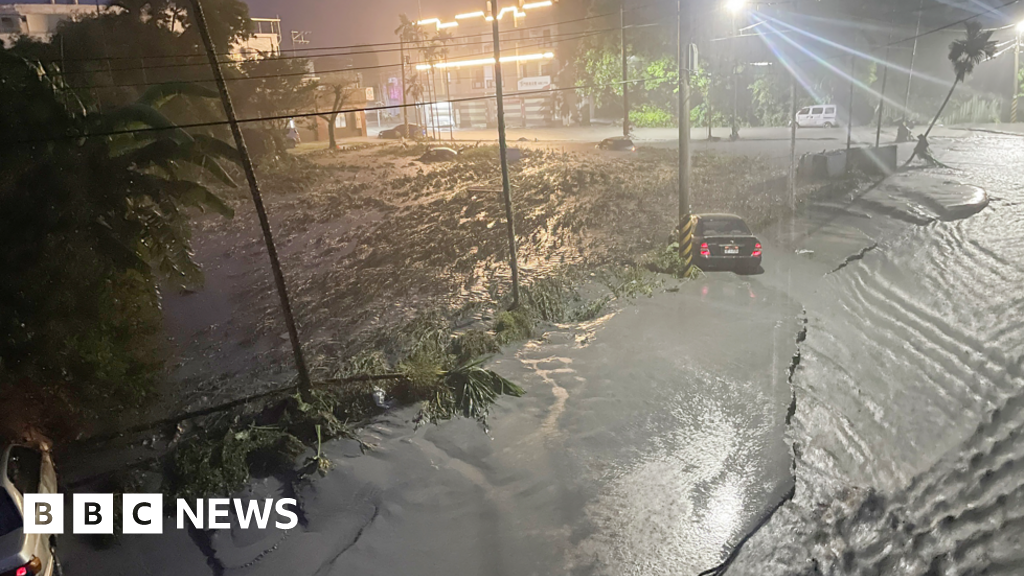A
What happened
Super Typhoon Ragasa, classified as equivalent to a Category 5 hurricane, has wreaked havoc in Taiwan, where it caused a barrier lake to burst, leading to at least two deaths and many people trapped. The storm has brought nearly 60cm of rain to eastern Taiwan, resulting in severe flooding and infrastructure damage. As Ragasa approaches China's southern coast, authorities have evacuated around 370,000 people in Guangdong province, anticipating catastrophic storm surges and flooding. Hong Kong has issued its highest typhoon warning, with significant disruptions expected at the airport and in local businesses. The storm's destructive potential is heightened by its trajectory, particularly affecting low-lying areas. Experts warn that climate change may be intensifying such storms, leading to increased wind speeds and rainfall.
★
Key insights
-
1
Impact on Taiwan
Severe flooding and fatalities reported due to the typhoon.
-
2
Evacuations in China
Over 370,000 people evacuated in Guangdong province.
-
3
Storm's Trajectory
Ragasa's path poses significant risks to southern China.
-
4
Climate Change Effects
Experts suggest climate change may intensify storm severity.
Takeaways
Super Typhoon Ragasa highlights the increasing threat of severe weather events in the context of climate change.

